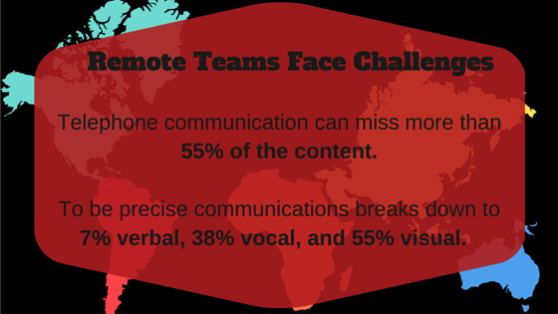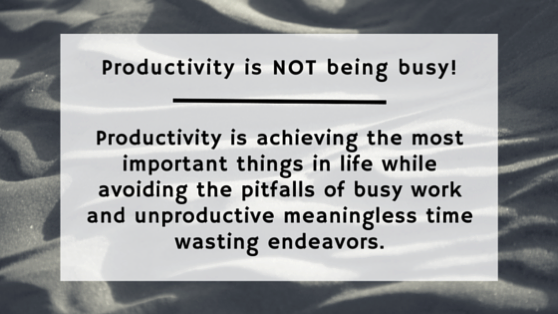You just need to gain the trust of organizations and departments by constantly delivering the highest value products with consistent tempo, be willing to take on changing requirements at any time and continually improve processes. And you might want to ensure the team is working at a cadence that is sustainable and they have a work environment they love.
To facilitate the organizational evolution to a higher state of Agile, I’ve provided three different approaches to Agile adoption.
The Borg Approach

Do you remember one of the greatest threat to the universe in Star Trek the Next Generation: The Borg. They are the hive mind cyborg collective that is unstoppable in that they assimilate new technologies and they take over living organism (mainly humans) and attached all kind of cybernetic and robotic equipment and in the process the person’s brain is re-written to be compliant to the “Borg Collective”. When the Borg would come in direct contact with humans, they would say in their icy cold emotionless synthetic voice, “Resistance is futile. You will be assimilated.”
A leader in an organization who takes the Borg Approach, might come into an organization and say, “I’ve found a better way and it’s agile. We will start doing agile. There is a process called Scrum. We will do that. Everywhere.”
The Cowboy Approach

In the wild west there were limited supply of law enforcement officers and a lot of sturdy rugged individualist who where homesteading. As a result the interpretation of the law and execution of the law would sometimes fall to the individuals otherwise know as the Cowboy. You could say that the Cowboy was his own law.
A leader who takes this approach might say, “To hell with the rest of you, my group is doing agile.”
The Socratic Approach

Socrates is one of my favorite greek philosophers. Socrates taught a method of learning that is still practical and effective in our modern world.
You might think of Socrates as the first Corporate Consultant. If you’ve ever hired or worked with a consultant, they almost exclusively use the Socratic method. Remember next time you hire a corporate consultant, you are paying them to use ancient mystic wisdom on you.
The socratic method in the simplest form is to ask questions of the learner that help him/her gain knowledge of a topic by making observations and employing reasoning to self-discover knowledge.
Consultant, “What is the biggest pain point in your current work flow?”
Company Person, “Well it’s pretty obvious to me that department X doesn’t talk to department Y. If we could simplify the hand-off between X & Y we’d be a lot better off.”
Consultant, “Can you describe the hand-off scenario?”
Company Person, “Yes, but it’s complicated. “ [Spends 30 minutes describing the details]Thank you Socrates.
The Company Person might have just solved the problem as part of explaining it.
By asking successively detailed questions, the socratic methods spirals in to find the core issues. Perhaps Socrates can be credited for a key piece of the modern day “Toyota Production System” and the use of the “5 why’s”. Taiichi Ohno, architect of TPS, may not have known that he borrowed knowledge from the ancients, in essence the WHYs are a formalized socratic method. Ohno’s full process, including the “5 Why’s” grew further into Kaizen, lean manufacturing and Six Sigma.
Double, triple, quadruple and quintuple (5 times) thanks to Socrates.
Why all the Whys?
Asking why questions instead of giving answers enables you to go deeper into the problem space. Natural human tendency is to predict the answer. We have a tendency to assume we know the answers. It’s a nasty habit that is especially common in our inter-personal relationship and even in our evaluation of company processes.In a morning meeting, a team mate snaps at you when you ask him about the progress on a piece of a project you are collaborating on.
Our human response is to ask ourselves, WHY is he so snappy. The first answer might be, “he’s a jerk". This answer does not result in a positive outcome. Too much ambiguity remains.
Let’s say in this example, you actually go ask him personally about WHY he felt emotionally charged about the question from the meeting. He might tell you that his 8-month-old daughter has a fever and he was up all night trading shifts with his wife.
Resist the Urge to Assume
Within an organization it’s critical to re-train ourselves, our colleagues and our teams to double down and perhaps quintuple down when asking WHY.
When we listen well in our organizations by asking the deeper questions, we begin to see the process problems instead of the personality or cultural problems. Adding on multiple WHYs will challenge us to dig deeper than just our assumptions.
Have you heard people stop at the first WHY and then create an entirely fictional story in their own mind about the incompetence of the organization or individual based on a single event or even a recurring organizational habit?
When we stop at the first WHY and never explore further, it introduces frustration, animosity and finger pointing.
Asking “Why" Leads to Agile
For yourself and your colleagues (even your own family) creating the habit of asking WHY in successive increments can be a catalyst for change. The WHY habit will push assumptions to the sideline and bring solutions to the forefront.
Since agility is centered around change and change requires knowledge and knowledge require asking questions, the natural outcome of asking iterative questions would be agile behaviors.
It’s really about listening, learning and experimenting with discipline.
Ask WHY a lot
Make sure when you ask WHY you are inquisitive and not vindictive or judgmental. That means that your tone of voice and body language need to reflect the desire to learn.
Look to answer the WHY questions for your customers and others throughout your organization. If you are the agile leader, serve, set the example and be a solution provider.
What is the biggest hurdle you currently face with adopting agile in your company? Please leave a comment.
If you like what you read, please share by clicking on the share buttons.








